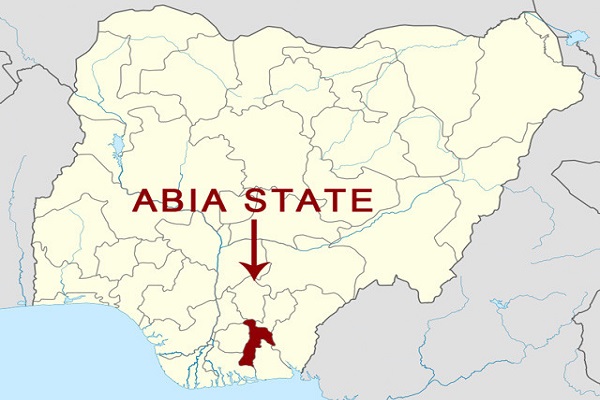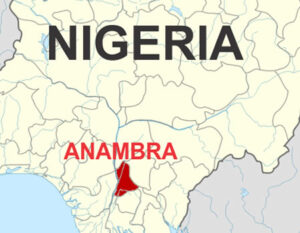Domestic airlines and need to focus on weak points
[ad_1]
ON many occasions, key players across the country’s aviation sector have always lamented the short life span of the domestic airlines that had once existed but no more due to various reasons.
Such reasons range from poor business models, bad ownership structure/bad organizational structure, high cost of maintenance, wrong choice of operational equipment, high interest on loans, poor corporate governance to ego and many others.
It is no longer news that the average age of survival of many of the domestic airlines fall between five and ten years within when they either start struggling for survival or in most cases pack up.
While the issue of airlines folding up within a short period of time is not limited to Nigeria, what makes the case different here is the alarming rate at which the airlines are collapsing once confronted with little crisis.
Looking at the records of Nigerian airlines that had come and gone in the past fifteen to twenty years, it may not be an exaggeration to say the present unstable atmosphere on the Nigeria’s domestic scene coupled with the exploitation of the Nigerian air travelers by the foreign carriers would have been impossible if the airlines had followed due diligence and remain in the business.
Among the airlines that once existed but are no more include: Okada, Kabo, Chanchangi, ADC, Triax Oriental, Al Barka, Harka, Freedom Air, Sossoliso, Bellview, Afrijet, Fassey Royal, Kolkol, Midwest, Harco, Air Nigeria, IRS and many more.
Without doubt, there are so many similarities in the procedures leading to the final death of the airlines.
The first similarity is the fact that most of the airline owners belong to the ‘moneybags class’ who probably had access to some ‘black funds’ and therefore, saw airline business as the fastest way to invest such funds without doing due diligence.
Of all the domestic airlines including both the dead and the existing ones, it may again not be understatement to say may be one or two have the basic components of good business model, organisational structure including good ownership structure.
Some of the existing airlines have been found to have copied the business models used by many of the dead airlines without considering the fact that the old business models are not feasible in today’s business.
The organisational structures being bandied around by some of the airlines are nothing to write home about in view of the wide lapses created in the area of accountability and responsibility in times of emergencies.
Why all these lacunae contribute to the short lifetime of the airlines in the country, other factors responsible for the woes confronting domestic airline business in the country can be summarized under the acronym ‘SWOT’.
In breaking down the acronym, while the ‘s’ stands for strength, ‘w’ stands for weakness, ‘o’ means opportunity just as ‘t’ stands for red.
In view of the myriad of challenges confronting the domestic carriers today, each of them is most likely liable to at least two or even all the SWOT principles of survival.
Perhaps, the present problems confronting many of the airlines would have been minimized if they had focused more attention on their weakness which has been the bane of many incidents/accidents and subsequent total collapse of their business.
Concentrating on the weak points of the airlines means their ability to discover and observe certain loopholes in their system and the promptness to plug all the holes with the purpose of preventing any red light or an avoidable danger that may subsequently lead to negative safety consequences and the total collapse of the entire business.
Shifting attention to the weak areas in particular and other sensitive principles of strength and opportunity will not only greatly strengthen, reposition and stabilise them, but save them from imminent dangers and short life time.
Above all, the airlines should review their models and organizational structures to reflect the basic principles of a standard airline business that can stand the test of time, and this can only be achieved by adhering to the S.W.O.T principles of engagement as a the preventive measures against looming disasters.
[ad_2]















Post Comment